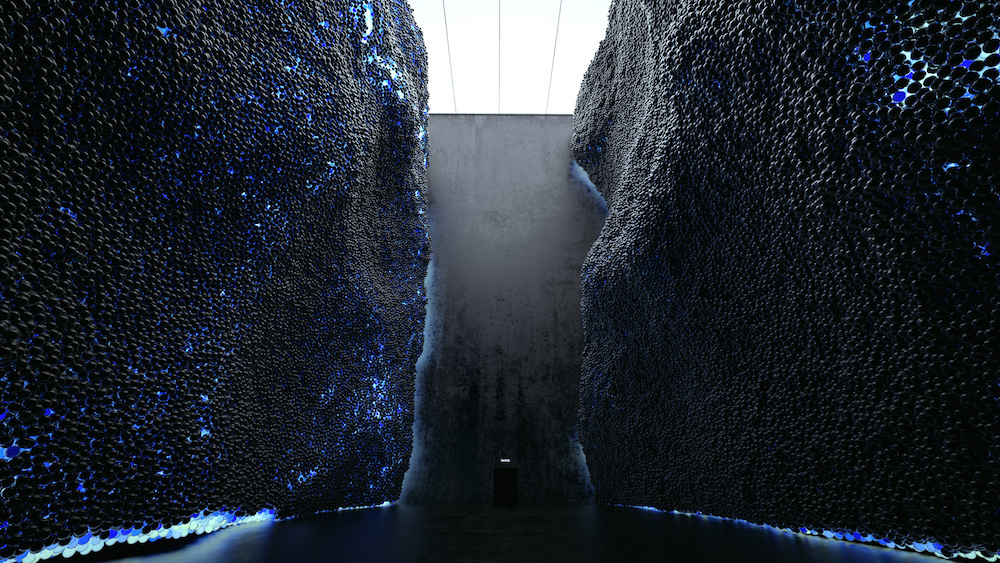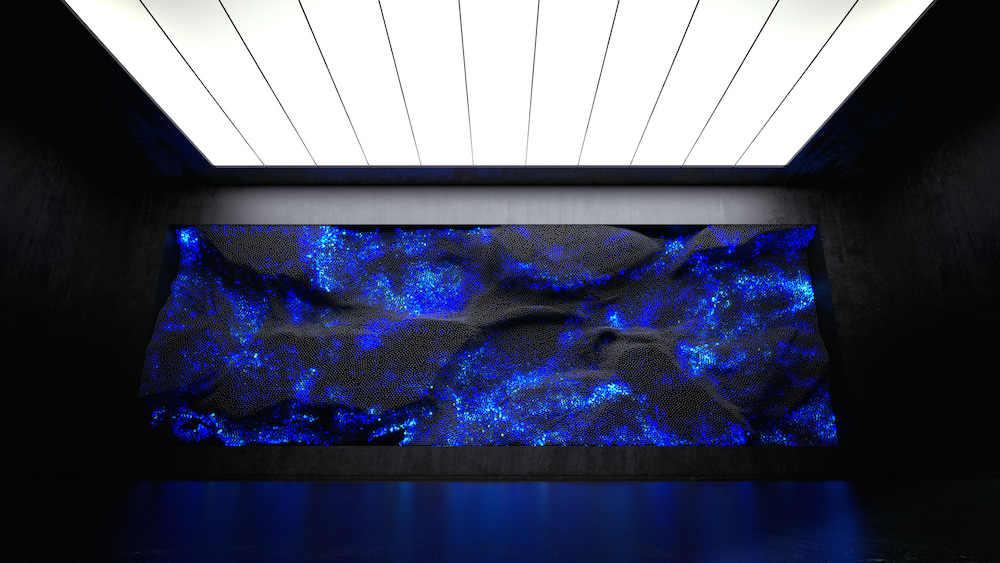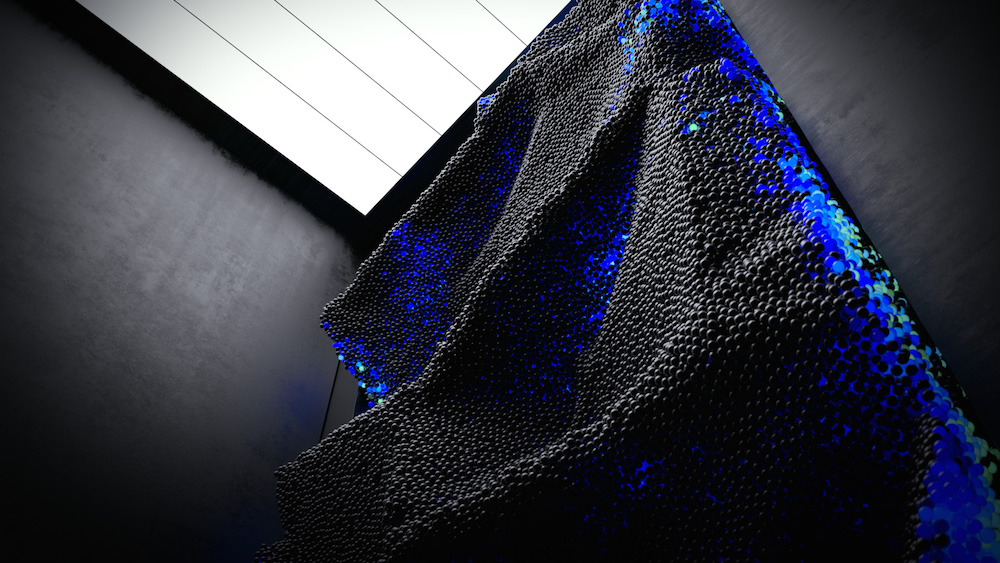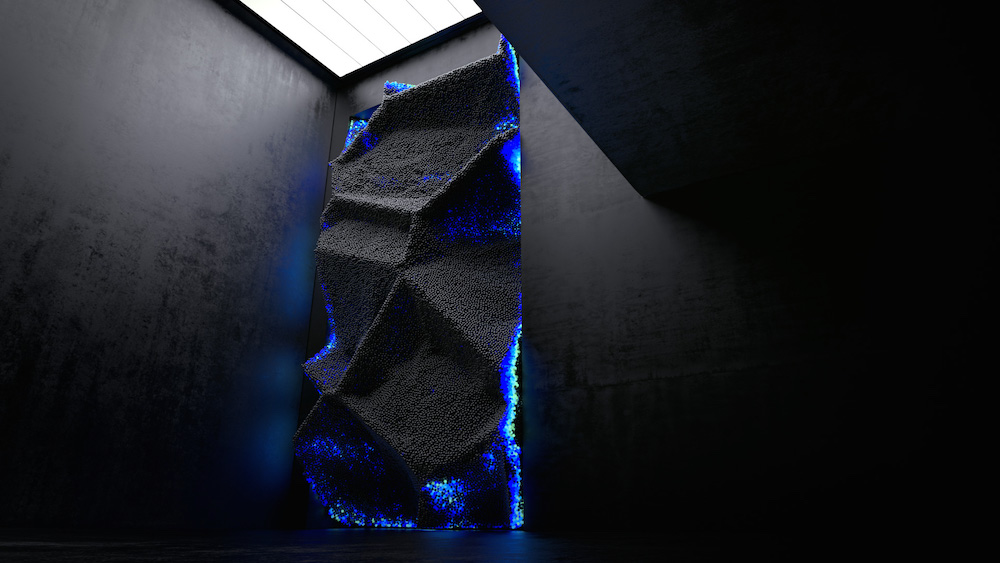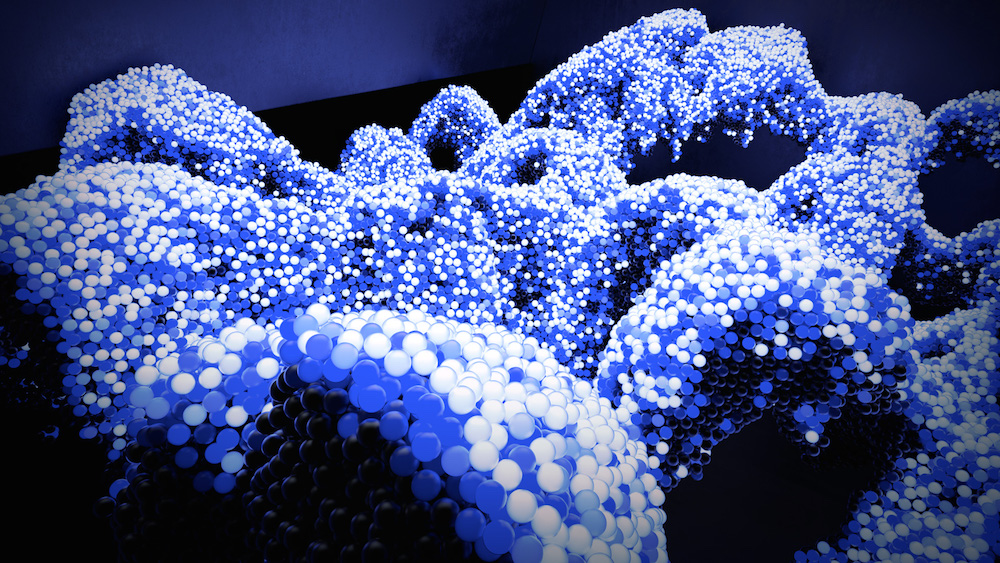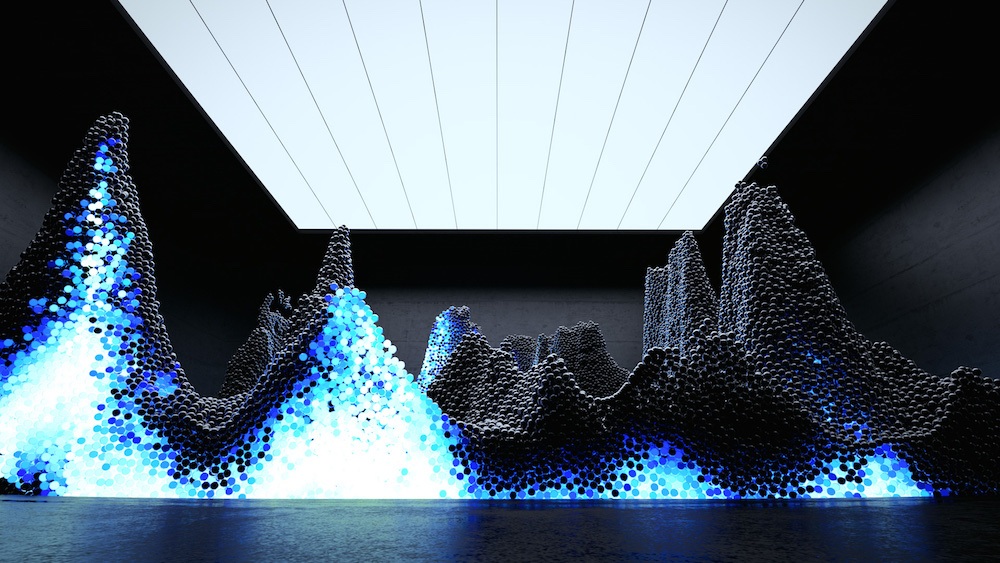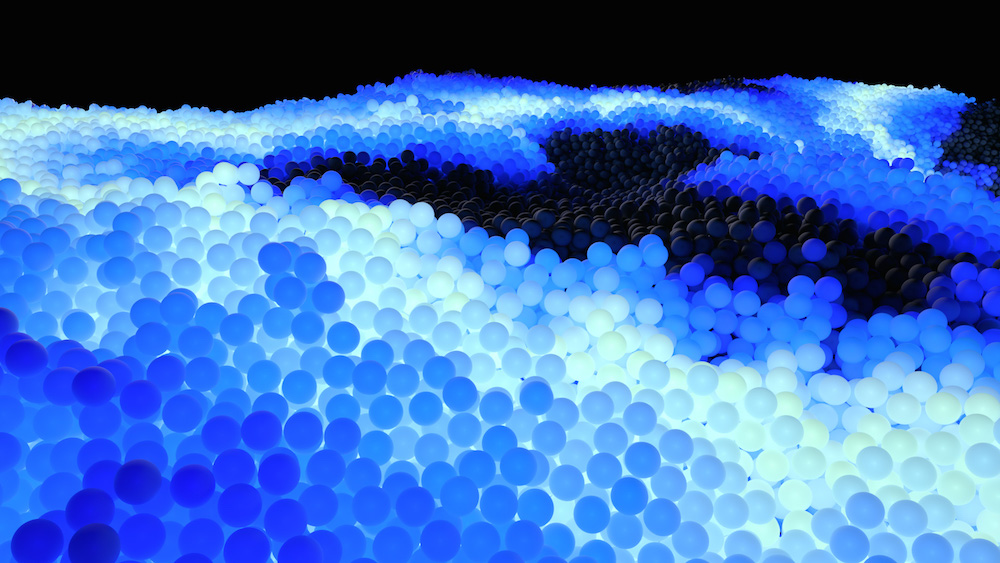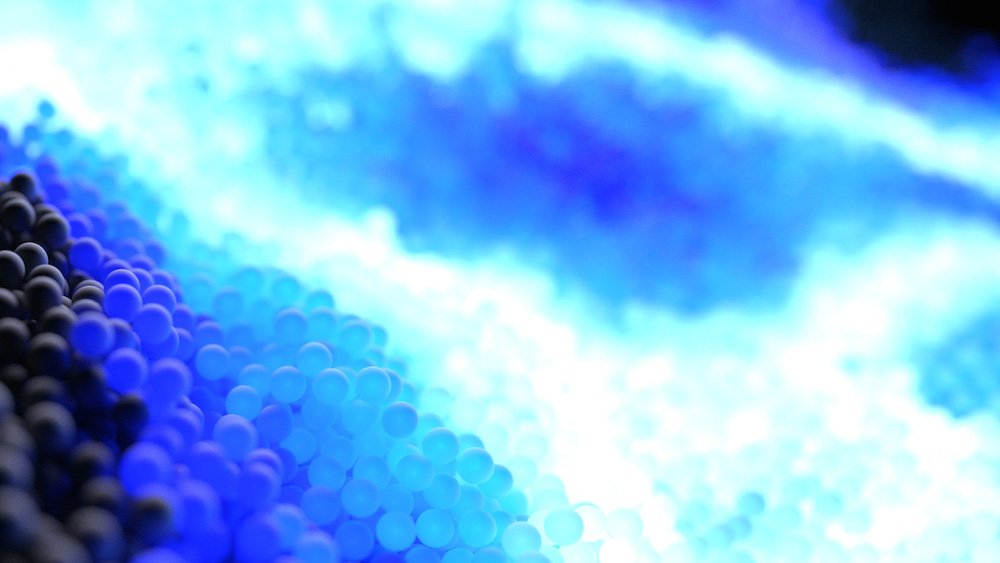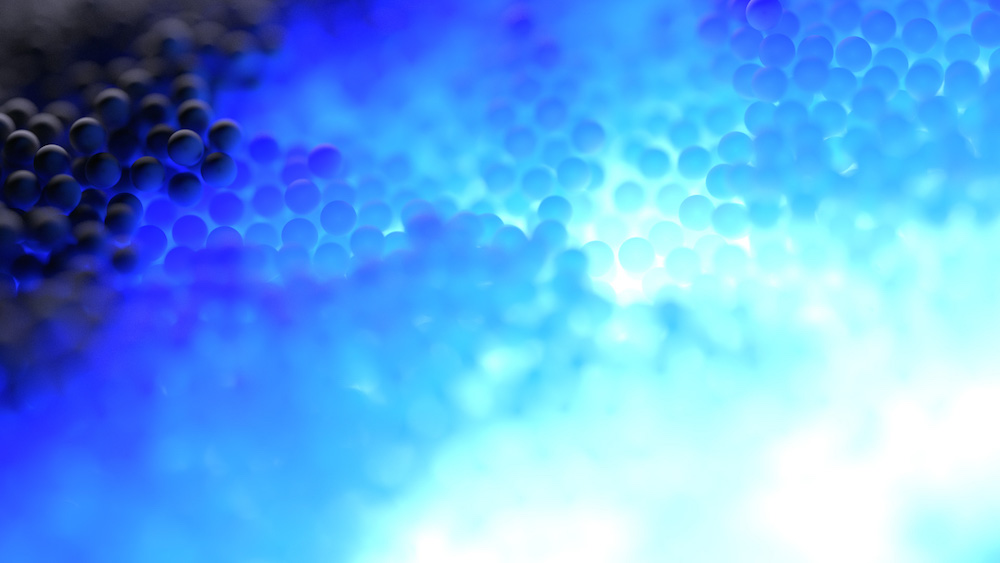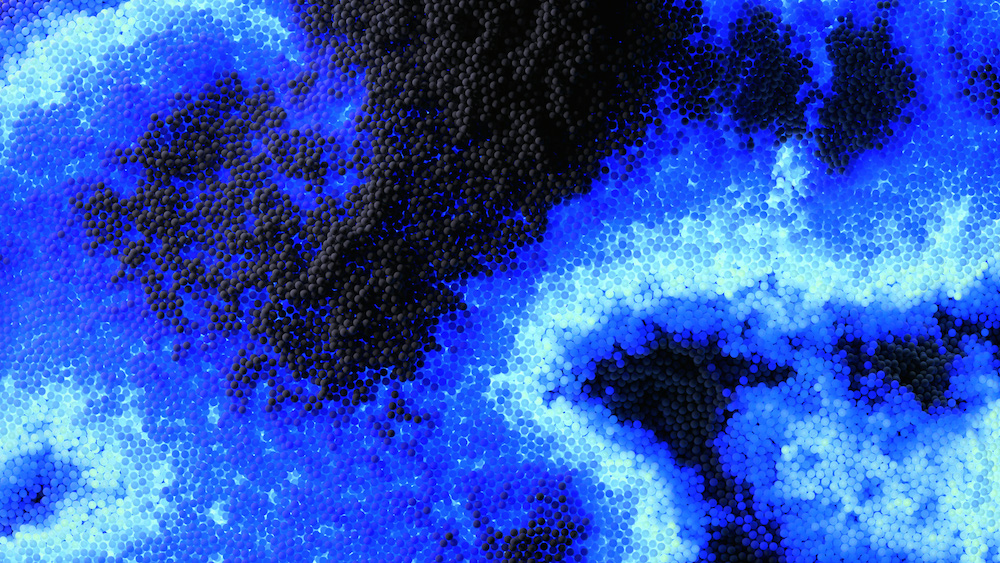Russian artist and director Maxim Zhestkov centers his practice around the impact digital media has on shifting boundaries of visual language. Take a look at his latest piece Computations, an experimental film that speculates a distant future when computation moves from the opaque ‘black boxes' of our electronic devices into the world.
From childhood, Zhestkov was fascinated by art, physics and computers, leading him to study architecture and fine art in university. In 2015, Maxim and his colleagues launched Zhestkov.Studio to explore new horizons, work on projects for galleries and brands, and perform live shows.

In digitally-rendered contemporary gallery settings, sculptures move and interact while beautifully choreographed forms produce complex, rhythmic patterns that play with their surroundings. Zhestkov's work pushes the boundaries of the traditional white cube gallery environment, questioning the perception and experience of art as digital media becomes increasingly influential.
Envisioning dynamic systems as “floating networks of small transistors that act as some kind of strange computing organism”, Zhestkov evokes both supercomputers and synaptic structures in the serene shape-shifting forms of Computations. The complex systems sway and undulate in perfect synchronization.

Comprised of billions of particles, they are more than the sum of their parts—they are thinking machines that visualize, calculate, and communicate through coordinated movement and colored illumination. Elements rise and fall, clusters lock into place, and there is an underlying sense of order governing the ornate spatial choreography. The forms artfully embed themselves in architecture, perform in space, and demonstrate how each tiny element contributes to the construction of an elegant, emergent whole.
This new work follows in the experimental tradition of Zhestkov's recent art films Optics, Layers, and Volumes, which expertly explore 3D modeling software's granular control over light, color, form, and motion.

